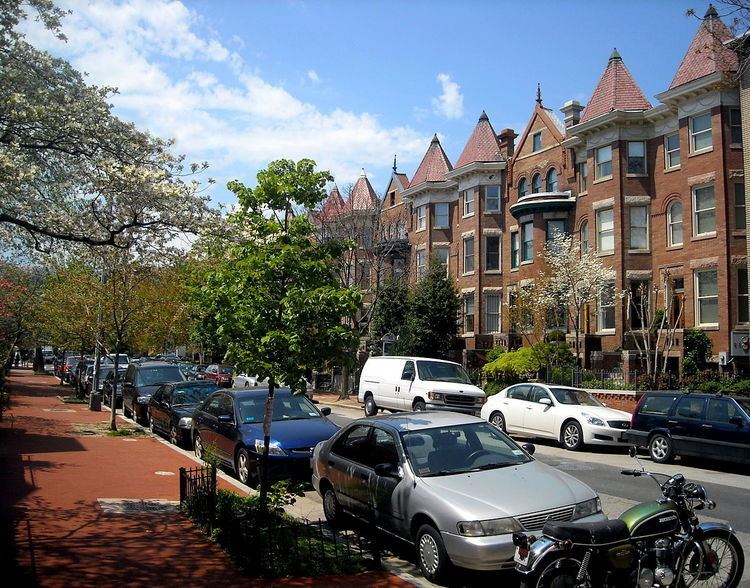Location Washington, D.C. NRHP Reference # 85000239 Added to NRHP 6 February 1985 | Built 1875–1925 Area 8 ha | |
 | ||
Architectural styles Beaux-Arts architecture Similar Christian Heurich Mansion, Meridian Hill Park, Dupont Circle station, Corcoran Gallery of Art, The Phillips Collection | ||
The Strivers' Section is a historic district located in the Dupont Circle neighborhood of Northwest Washington, D.C.
Contents
Strivers' Section was historically an enclave of upper-middle-class African Americans, often community leaders, in the late 19th and early 20th centuries. It takes its name from a turn-of-the-20th-century writer who described the district as "the Striver's section, a community of Negro aristocracy." The name echoes that of Strivers' Row in Harlem, a New York City historic neighborhood of black professionals.
Listed on the National Register of Historic Places, the Strivers' Section Historic District is roughly bounded by Swann Street on the south, Florida Avenue on the north and west, the 16th Street Historic District on the east, and 19th Street on the west.
History
The area was envisioned as part of the capital city by Pierre Charles L’Enfant's 1791 plan; by 1852, plans were drawn up for 11 squares subdivided by streets. But the rural landscape remained largely uninhabited until the latter half of the century. Development began in the 1870s, encouraged by a north-south streetcar line along nearby 14th Street, and accelerated from about 1890 to 1910. Early residents including working-class people and professionals, African Americans, and whites. But the area became most strongly identified with the African American elites who were attracted by public transit and the nearby Howard University.
Today, the Strivers' Section is still largely occupied by the Edwardian residences that have populated the area since its initial development, along with some apartment and condominium buildings, and a few small businesses. The area includes some 430 buildings constructed between 1875 and 1946 that are contributing properties to the historic district. It is the home of the national headquarters (1930 17th Street, NW) of Jack and Jill of America, which seeks to help children, especially African American children, obtain cultural opportunities, develop leadership skills, and form social networks.
Notable residents
Among its most notable residents was Frederick Douglass, runaway slave, abolitionist, orator, writer, and civil servant. Douglass built the southern three buildings of a five-house, Second Empire-style row located at 2000–2008 17th Street in 1875–76. Douglass' son inherited the houses and lived at 2002 17th Street from 1877 until his death in 1908.
Other notable residents have included:
Prominent figures who lived within a few blocks of the historic district boundaries include:
